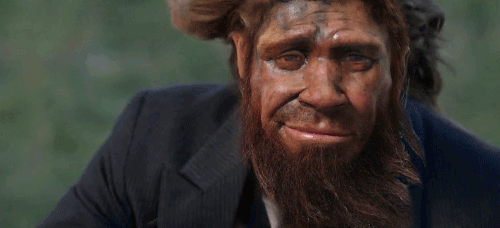Welcome to Today's Edition of Carolina Naturally.
Carolina Naturally is read in 205 countries around the world daily.
Today is - National Cereal Day
You want the unvarnished truth?
You want the unvarnished truth?
Don't forget to visit: The Truth Be Told
Some of our readers today have been in:
The Americas
Bahamas - Bolivia - Brazil - Canada - Chile - Colombia - Dominican Republic - Ecuador
Honduras - Mexico - Panama - Peru - Puerto Rico - United States - Uruguay - Venezuela
Europe
Bosnia and Herzegovina - Bulgaria - Croatia - England - Finland - France - Georgia - Germany Greece - Hungary - Ireland - Italy - Latvia - Netherlands - Norway - Poland - Portugal - Russia Scotland - Slovakia - Slovenia - Spain - Sweden - Switzerland - Ukraine - Wales
Asia
China - India - Indonesia - Iran - Malaysia - Mauritius - Pakistan - Saudi Arabia - Singapore
Africa
South Africa
The Pacific
Australia - New Zealand - Philippines
The Americas
Bahamas - Bolivia - Brazil - Canada - Chile - Colombia - Dominican Republic - Ecuador
Honduras - Mexico - Panama - Peru - Puerto Rico - United States - Uruguay - Venezuela
Europe
Bosnia and Herzegovina - Bulgaria - Croatia - England - Finland - France - Georgia - Germany Greece - Hungary - Ireland - Italy - Latvia - Netherlands - Norway - Poland - Portugal - Russia Scotland - Slovakia - Slovenia - Spain - Sweden - Switzerland - Ukraine - Wales
Asia
China - India - Indonesia - Iran - Malaysia - Mauritius - Pakistan - Saudi Arabia - Singapore
Africa
South Africa
The Pacific
Australia - New Zealand - Philippines



























